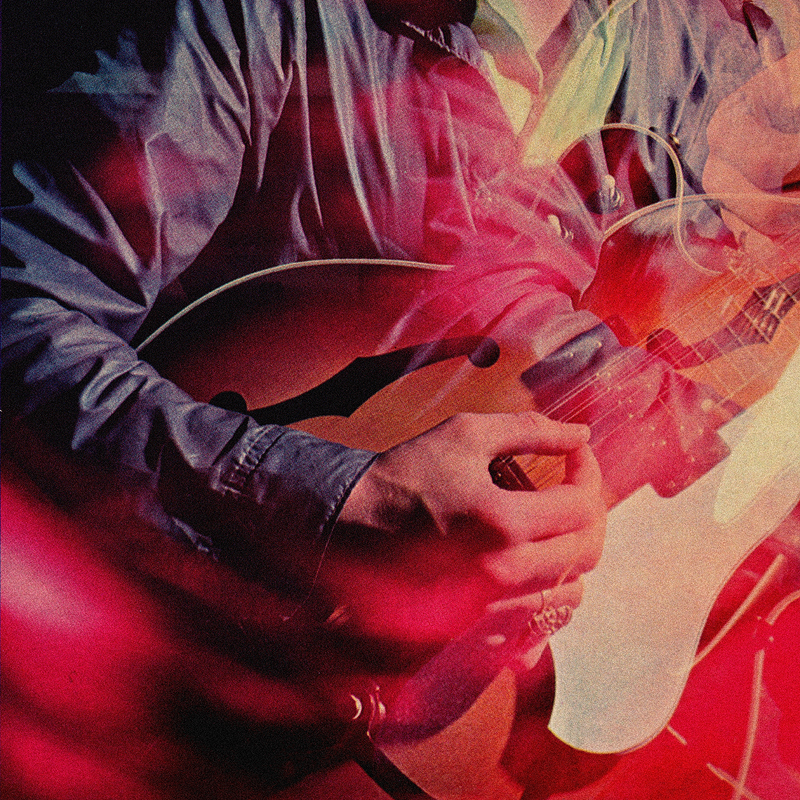 Jonah Bromwich does it better.
Jonah Bromwich does it better.
When grappling with a work of art, it’s occasionally helpful to imagine it within a different medium. That’s a pretty pretentious idea, so allow me to illustrate. The Wire is a commonly used example: the staggering depth, characterization, and pacing reminded most critics of a novel not a TV show. Or take Gabriel Garcia Marquez’s gorgeous One Hundred Years of Solitude, in which characters and events so frequently echo that you’re left feeling as if you’ve just been reading a rich and moving tapestry.
The new Chromatics album Kill for Love has a similar effect. When you listen to it or rather withdraw from listening to it, it feels as if you’re pulling away from a painting. Admittedly, that’s partly due to the album’s run time. Ninety minutes of music. Somehow it’s both devoid of anything disposable but also extremely difficult to digest. The tracks breathe with impressive cohesion in mood, in sound, in theme. The music itself is unvaried from previous Chromatics fare. It’s driven by steady heartbeats and moony synths and a fantastic sense of space.
The lyrics are entirely decorative, appear fitfully, and often repeat themselves. A brief snippet of fake film dialogue, inserted casually in a way that would usually be jarring, has no real impact whatsoever. As the album progresses, you’re blissfully unaware of how long you’ve been listening or how much you have left.
Individual songs mean little. It makes sense, as mastermind Johnny Jewel has been lately more focused on movie scores. The numbered tracks have definitive starts and stops, but the subject of one leads easily into the subject of the other, and almost any song could appear anywhere and change little in the way of meaning (though the opening two tracks, Neil Young cover “Into the Black” and the single “Kill for Love” are especially good). The main concerns throughout the album are love, loneliness, longing, and movement and these sentiments are expressed as much through scope and sound as they are through words. Gender is disregarded entirely; on “Lady” Ruth Radalet sings from the perspective of a man and it doesn’t matter at all.
The minimal structure that exists here is reminiscent the pattern of Bowie’s Low, in which the more condensed, “pop” songs are stacked at the beginning, and then the album starts to move outward, paddling around itself with extended strokes. This extension starts with the prescient “Broken Mirrors” and continues with more abstract constructions, languorously pushing outwards towards a distant horizon. While the album is not particularly navel-gazing (its romance is too puerile to be particularly self-conscious) it’s great for inspiring moodiness, and for giving that moodiness room to grow.
While Kill For Love is an engaging album, it’s certainly not a challenging one. The sounds here are pleasant, soothing, immersive. The drums are splashy and synths are smooth; the album never really hems, haws or kicks. In ways both good and bad, it’s an album that no one should have very much trouble with. It captures a sound and a mood that’s very much in vogue: a cloudy, romantic escapism rearing its head across multiple genres.
If Kill for Love is to be understood as a painting, it hovers right between the concrete and the abstract, like a Rothko haze of pinks, purples and navies that construct and obscure a half-forgotten emotion. And though it may not have the lasting impact of other albums you’ll hear this year, once you start listening, it’s almost impossible to turn away from Kill for Love.
Stream:

